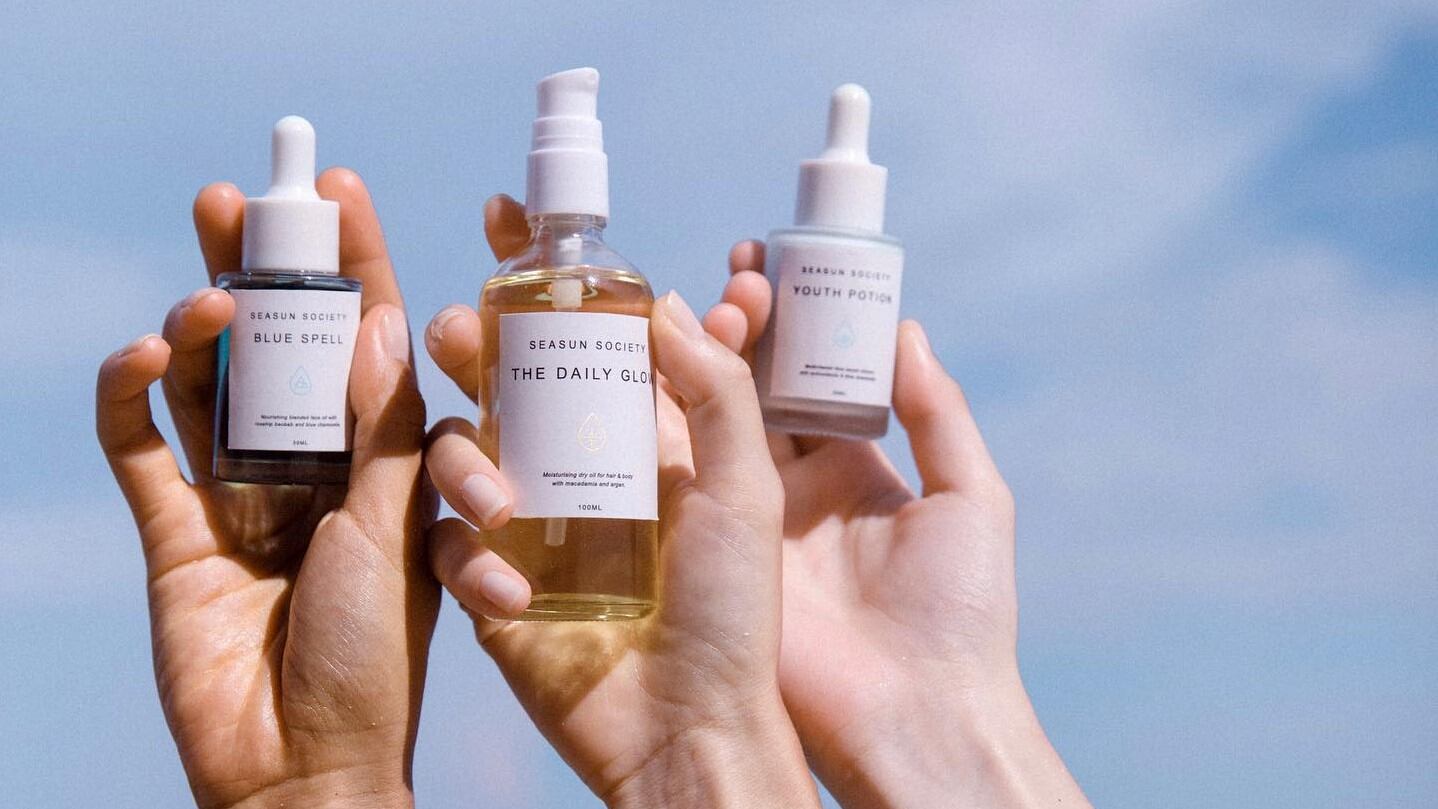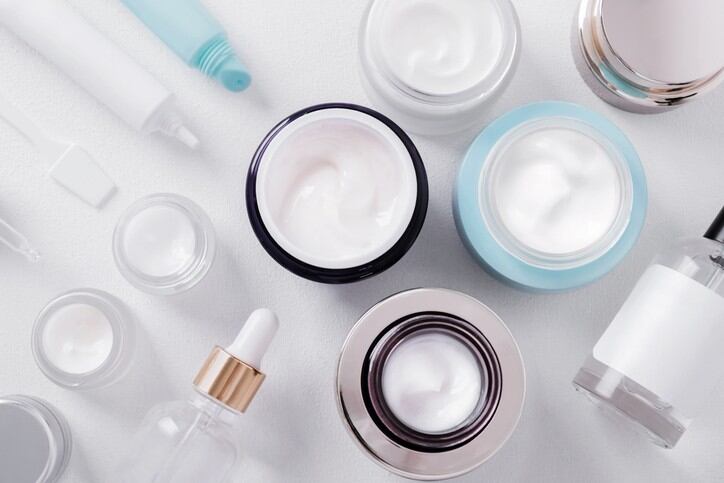In cosmetics-using students, the mean mercury concentrations in scalp hair was 6.7 µg g−1, compared to 2.3 µg g−1 in the control group.
The study conducted by researchers in Indonesia and Japan, investigated the exposure of mercury in Indonesian university students.
In Indonesia, skin lightening cosmetics are sought after by women who perceive lighter skin as a beauty enhancement.
These products often contain mercury in the form of mercurous chloride (calomel), mercuric chloride or mercuric oxide, which block the production of melanin, the compound responsible for producing colour in the hair and skin.
However, prolonged exposure to mercury may lead to tremors in the limbs, insomnia, uncontrolled perspiration, and chronic adverse effects including kidney damage, and impairment of the brain and nervous systems.
In particular, mercury exposure is of particular concern for women of reproductive age. Animal studies have shown that inorganic mercury can cross the placenta barrier and accumulate in the brain, causing cerebral dysfunction.
This research was funded by the Japanese government, and published in the journal Cosmetics.
Data collection
The study involved 148 female students from two universities in Makassar, Indonesia. Of which 105 were skin-lightening cosmetic users and 43 were non-users (control).
The students were interviewed and asked on their socio-demography, dietary habits, cosmetic brand names, duration and frequency of cosmetic use and cosmetics consumption per month. A minimum duration of five months of cosmetics use was required.
In total, 27 brands of skin-lightening facial cosmetic products were used by the students. These products originated from Indonesia, France, USA, Japan, India, Taiwan and Germany, of which 18 were registered by the Food and Drug Administration of Indonesia and nine were unregistered.
Mercury concentrations in the cosmetics and hair samples were analysed by particle-induced X-ray emission (PIXE) spectroscopy at the Cyclotron Research Center, at Iwate Medical University in Japan.
Researchers also checked students for neurological symptoms such as gum discolouration, rigidity, irregular eye movements, reduced field of vision, salivation, and tremours in both cosmetic users and non-users.
Hair samples
In cosmetics-using students, mean mercury concentrations in scalp hair was three times higher compared to the control group.
According to the Human Biomonitoring Commission (HBMC) of the German Federal Environmental Agency, the current results indicate that 60% of cosmetics-using students had ‘high’ levels of mercury in scalp hair, with 30% being at the ‘alert’ level.
None of the control group students had high mercury levels, with most (93%) being classified at the ‘alert’ level.
Cosmetics samples
Of the 27 cosmetic samples analysed, 20 had mercury concentrations between 0.12 to 7834.4 µg g−1 (mean of 554.6 µg g−1), and seven had no detectable mercury.
According to the Indonesian National Agency of Drug and Food Control (BPOM), the maximum concentration limit for mercury in cosmetics is set at one µg g−1.
The findings also indicated that there was a significant positive correlation between mercury exposure and concentration in cosmetics.
Researchers wrote: “Students who used low-mercury skin-lightening cosmetics were potentially exposed to low mercury concentrations, and those with higher scalp-hair mercury concentrations were likely to have used cosmetics with higher mercury contents.”
Health issues
In the clinical examination for neurological symptoms, five cosmetics-using students experienced tremours, reduced field of vision, slow knee-jerk and bicep reflexes, irregular eye movements, and unbalanced rigidity and ataxia.
However, as three people in the control group also experienced some symptoms, researchers could not attribute this to the mercury level.
Limitations
In terms of the study limitations, the researchers pointed out that other factors could influence mercury levels, including the consumption of marine fish. Inaddition, anatomic variation in skin properties, age, skin health, oxidation and reduction of mercury in the skin may also influence concentration levels.
Researchers also recommended other that biomonitoring samples such as blood and urine should be tested in the future.
They concluded that the students should constantly monitor their health, and change their cosmetics products if necessary.
“The local government should collaborate with the Indonesian National Agency of Drug and Food Control to extend interventions by controlling the online marketing of cosmetic products containing hazardous ingredients.”
In addition, since skin-lightening cosmetics were mainly used by females of reproductive age, they added: “Further studies with larger samples are required for the assessment of the effects of mercury during pregnancy and its impact on developing babies.”
Source: Cosmetics
https://doi.org/10.3390/cosmetics7030058
“Mercury Exposure and Health Problems of the Students Using Skin-Lightening Cosmetic Products in Makassar, South Sulawesi, Indonesia”
Authors: Hasriwiani Habo Abbas, et al.





